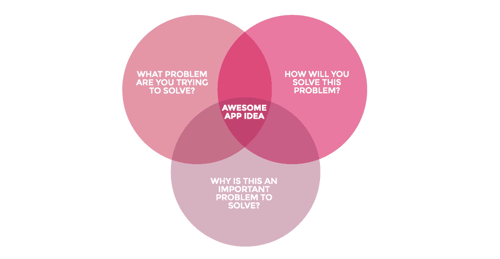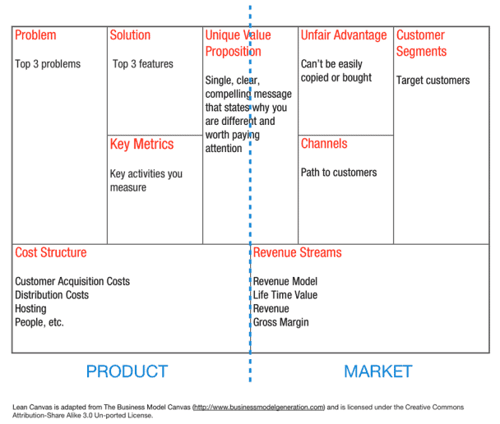Table of Contents
The beginning of a great journey
If you’re thinking about trying your hand at entrepreneurship by cracking into the mobile app market, there’s never been a better time to do so. With every man, woman and child with access to smart devices, your reach has never been so widespread. However, we’re not saying this will be an easy road. With such a saturated market, you’ll have to make the right decisions when creating your mobile app. We’ve developed over 300 apps to know what works and what doesn’t.
The first step to building the perfect mobile app is to hatch the right idea. This step involves taking that little seed of an idea that might be in your brain and fleshing it out to make sure that it is the right idea to catapult you into success. However, we always believe that ideas don’t mean anything without execution, so make sure you’ve got this front of mind going into this process.
Where to begin?
Businesses exist to offer solutions to customers’ existing problems. The more pervading the problem, the more customers will flock to your app to solve that problem. Therefore, the first questions you should ask are:
What problem are you trying to solve?
- Commonly, you find that there are myriad problems that you face on a daily basis and you may be able to think of ways a mobile app can be harnessed to make your life easier.
How will you solve the problem?
- What solution are you proposing for the problem you have? How is it different to what is currently out there?
Why is it an important problem to solve?
- Tap into the intrinsic motivations you have for embarking on this project. Why is it important to solve the problem you are solving? Check out Simon Sinek’s TED Talk for some inspiration!

Brainstorm your heart out
In order to answer these questions, brainstorming is the best way to go. Effective brainstorming is simply the dumping of all the ideas you have in your head out on paper. You may want to whiteboard, mindmap, post-it or list the ideas you have. From here, it’s easy to organise and toss ideas that come to mind. Essentially, you’re making room for good ideas to form when you’re moving ideas from your brain to paper.
To answer these questions is not a simple exercise, but it shouldn’t be. Take a few hours of uninterrupted time to flesh out the initial ideas you may have. The most important thing to keep in mind for this process is to create a no-judgment zone for your thoughts and the thoughts of others. Write down everything you can think of.
In the idea generation phase, you may want to talk to families and friends, who may also face the problem you are planning to solve. When talking to them, listen with a grain of salt, as their opinion may be biased towards validating your idea (you’ll conduct proper market research in the next phase – blog coming for that one very soon!).
Formalising Your Ideas – Lean Business Canvas Business Plan
After brainstorming the answers to the questions above, it’s time to prepare for idea validation. This involves organising the ideas you had and forming a coherent scaffold.
At this stage, it may be worthwhile to narrow down each of your answers to the previous What, How and Why questions to 1-2 sentences. From these sentences, you should cut this down further to a simple sentence. We know it might be difficult to cut down on these already short statements, but what you are trying to essentially achieve is an encapsulating sentence, acting as the ‘elevator pitch’ for your business.
You’d probably also want to start the preparation of your business plan. One scaffold that might be of interest to you is the Lean Business Canvas Business Plan. Drawing from the ‘lean startup’ manifesto, this template has dual focuses – product and market.

Drawing this out will help you refine your ideas and you’ll have an excellent foundation for the aspects you’ll want to test in the idea validation phase.

Binisha leads customer management, fostering a talented design team. As a client advocate, she ensures needs are met, enhancing the overall experience.
Read more Articles by this Author
